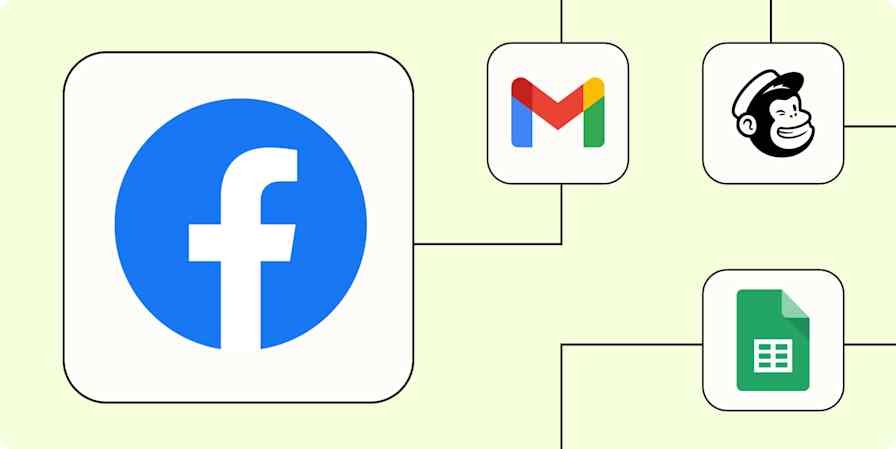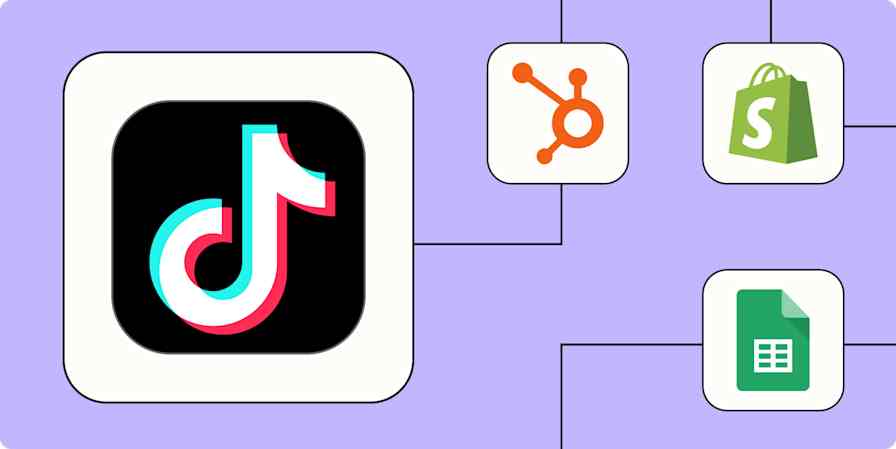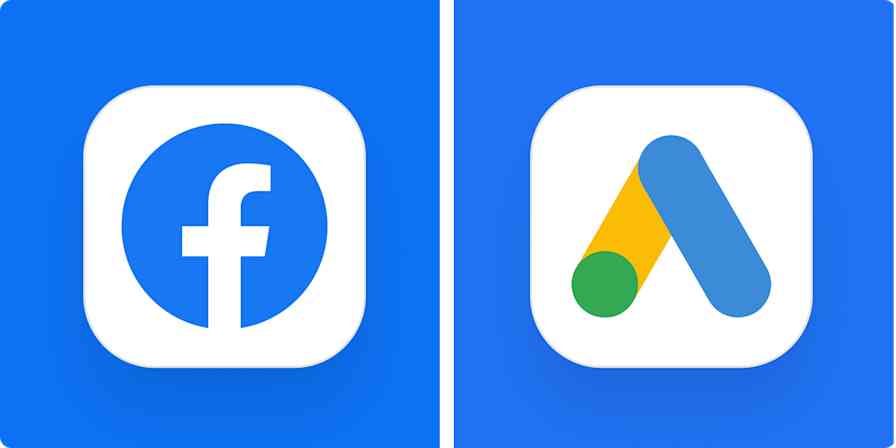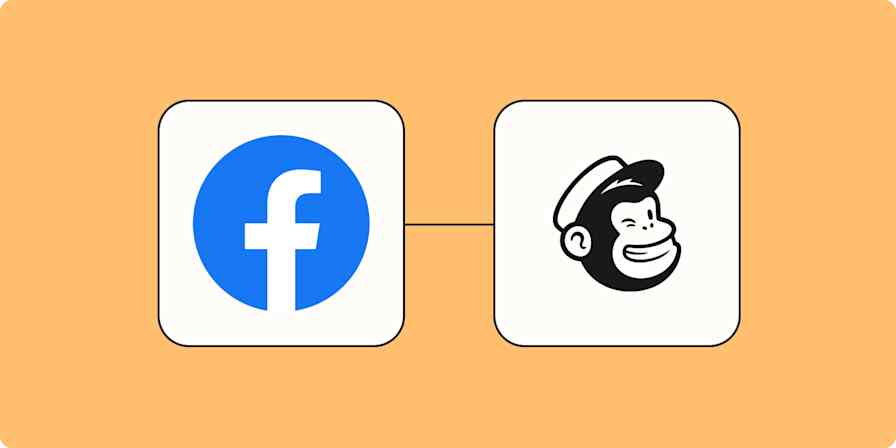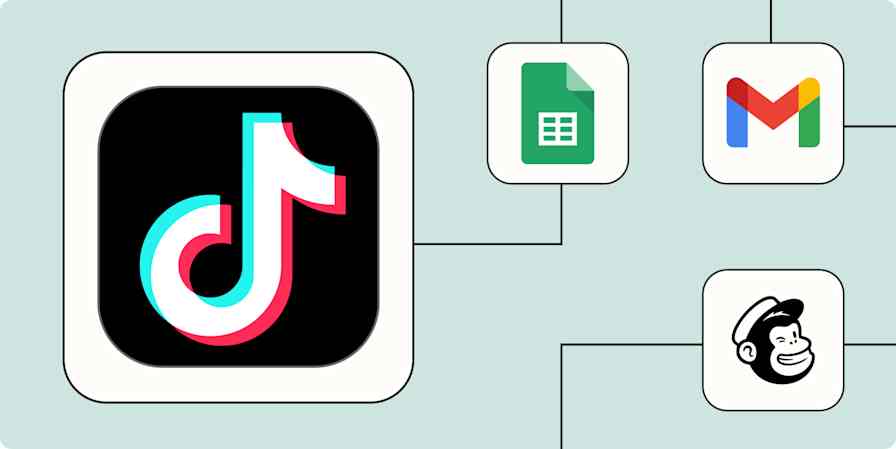Marketing tips
4 min read5 tips for creating effective lead generation forms
By Ana Gotter · July 12, 2021

Get productivity tips delivered straight to your inbox
We’ll email you 1-3 times per week—and never share your information.
Related articles
Improve your productivity automatically. Use Zapier to get your apps working together.

